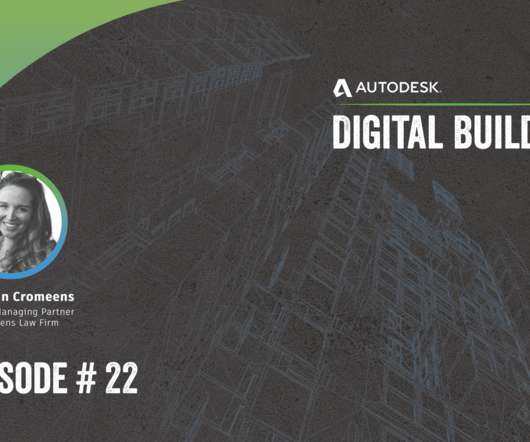PACE in Maryland is Not Keeping Pace
Green Building Law Update
JUNE 25, 2017
In the event of a default, the amount in default (but not the entire principal of the PACE loan) is a liability that is a property tax lien collected by the local government with the priority associated with other real property tax liens, so existing mortgage holder acknowledgment of a PACE loan is required.














Let's personalize your content